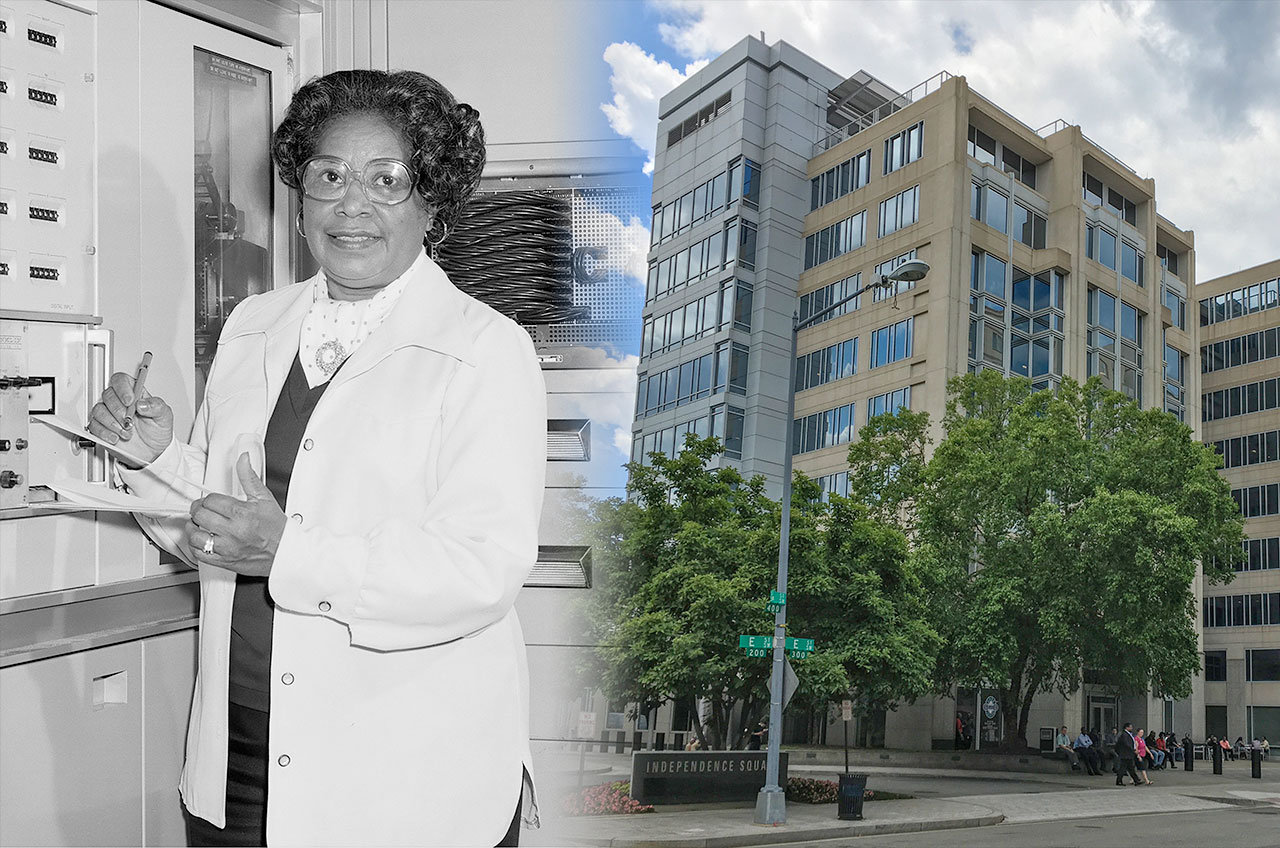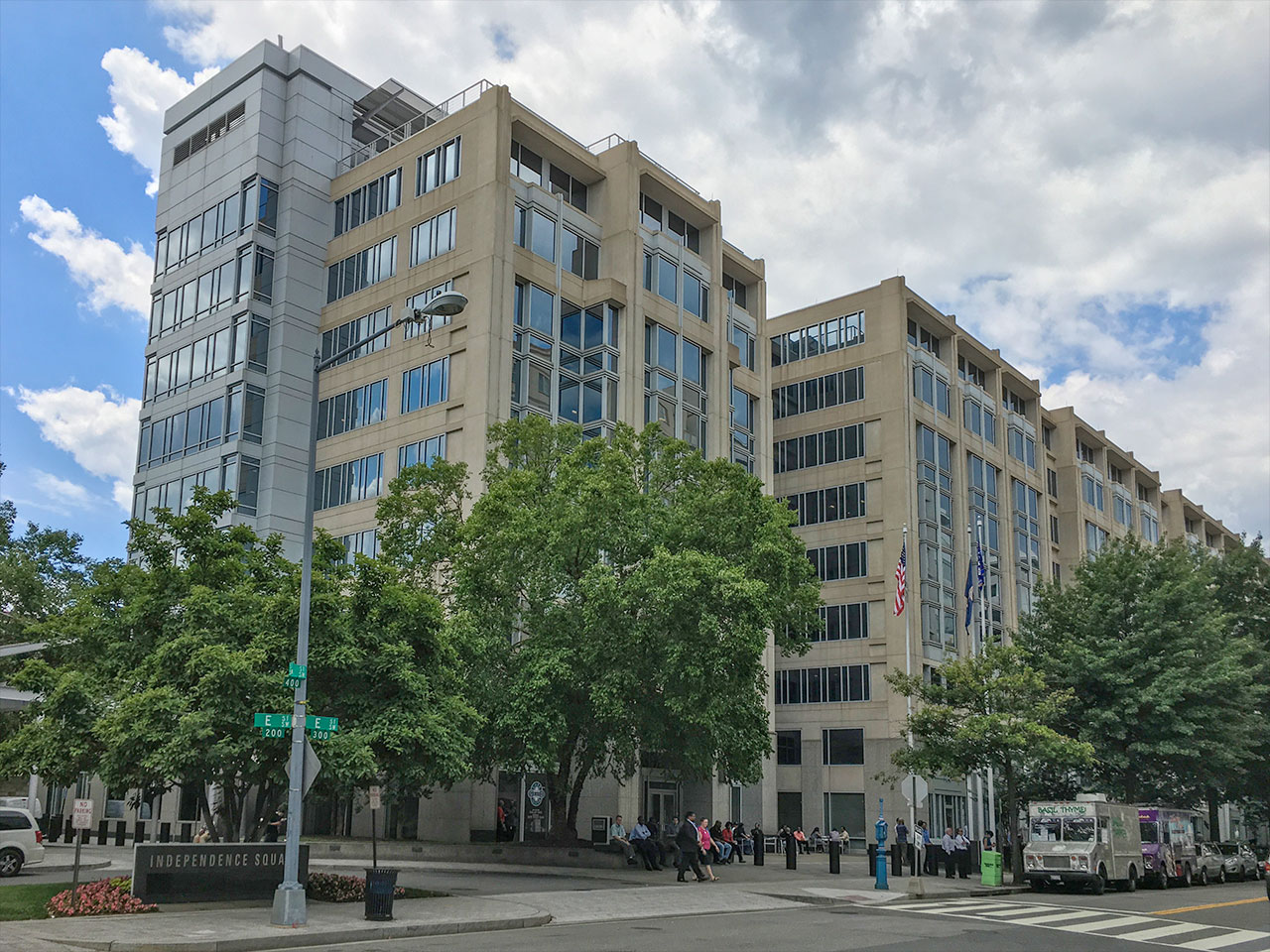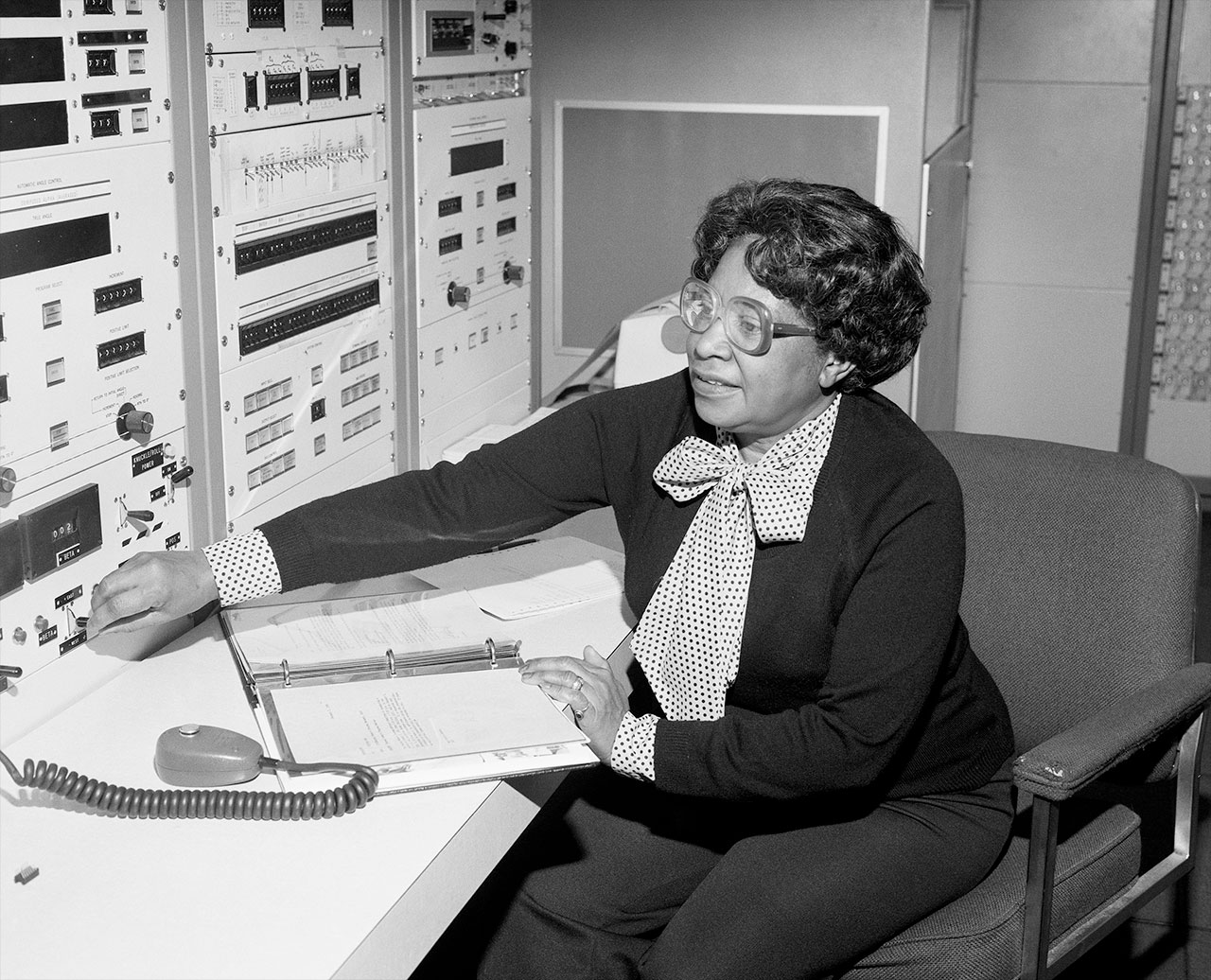NASA names headquarters building for 'hidden figure' Mary Jackson

NASA is recognizing one of its "hidden figures" by naming its main office after the first African American female engineer to work at the space agency.
The Mary W. Jackson NASA Headquarters building in Washington, D.C. honors the late Jackson, who became an engineer in 1958, the same year that NASA was founded. Largely unknown to the general public during her lifetime, Jackson's story was part of the focus of the 2016 feature film "Hidden Figures," with Janelle Monáe portraying the trailblazing engineer.
"Today, we proudly announce the Mary W. Jackson NASA Headquarters building," NASA Administrator Jim Bridenstine said in a statement on Wednesday (June 24). "Mary W. Jackson was part of a group of very important women who helped NASA succeed in getting American astronauts into space."
"She helped break barriers and open opportunities for African Americans and women in the field of engineering and technology," said Bridenstine, whose office is on the ninth floor of the newly-named building.
Related: NASA's 'Hidden Figures' to be awarded Congressional Gold Medals

Jackson, who was born and raised in Hampton, Virginia, graduated from Hampton Institute in 1942 with a dual degree in math and physical sciences. Initially taking a job as a math teacher, she worked as a bookkeeper, married and started a family, and served as a secretary for the Army before beginning her career at the Langley Memorial Aeronautical Laboratory (today, Langley Research Center) in 1951.
Recruited by the National Advisory Committee for Aeronautics (NACA), Jackson worked as a "human computer" in the segregated West Area Computing Unit at Langley. After two years supporting the center's aeronautics work as a research mathematician, Jackson went to work in the 4-foot by 4-foot Supersonic Pressure Tunnel, a 60,000 horsepower wind tunnel capable of blasting models with winds approaching twice the speed of sound.
Get the Space.com Newsletter
Breaking space news, the latest updates on rocket launches, skywatching events and more!
There, based on the experience she gained conducting experiments, Jackson's supervisor suggested she enter a training program that would allow her to earn a promotion from mathematician to engineer. Because the classes were held at a then-segregated high school, Jackson needed special permission to join her white peers in the classroom.
Jackson earned the promotion and became NASA's first Black woman to serve the agency as an engineer. For nearly two decades, Jackson authored or co-wrote numerous research reports mostly focused on the behavior of the boundary layer of air around airplanes. In 1979, she joined Langley's Federal Women's Program, where she became a respected advocate for the hiring and promotion of the next generation of female mathematicians, engineers and scientists before retiring from Langley in 1985.
Jackson died on Feb. 11, 2005, at the age of 83. In 2019, Jackson, together with her fellow "hidden figures" Katherine Johnson, Dorothy Vaughan and Christine Darden, were awarded the Congressional Gold Medal, one of the highest civilian awards in the United States.
Video: NASA remembers icon Katherine Johnson

"We are honored that NASA continues to celebrate the legacy of our mother and grandmother," Carolyn Lewis, Jackson's daughter, said on behalf of her family. "She was a scientist, humanitarian, wife, mother and trailblazer who paved the way for thousands of others to succeed, not only at NASA, but throughout this nation."
Previously known simply as NASA Headquarters, or Two Independence Square, the Mary W. Jackson NASA Headquarters building has served as the space agency's Washington, D.C. base of operations since 1992. In 2019, the portion of E Street SW in front of the building was named "Hidden Figures Way," in part as another honor for Jackson.
"[The building] appropriately sits on 'Hidden Figures Way,' a reminder that Mary is one of many incredible and talented professionals in NASA's history who contributed to this agency's success," said Bridenstine. "Hidden no more, we will continue to recognize the contributions of women, African Americans and people of all backgrounds who have helped construct NASA's history to explore."
Prior to its current location, NASA Headquarters was located in Federal Building 6 (400 Maryland Avenue, SW) from 1961 to 1963 and in Federal Building 10-B (600 Independence Avenue, SW) and the Reporters Building (300 7th St., SW) from 1963 to 1992.
NASA's first headquarters, established in 1958, was the Dolley Madison House, named for the nation's fourth First Lady, who lived there from November 1837 until her death in July 1849. Also known as the "Little White House," the building is now part of the United States Court of Appeals for the Federal Circuit.
- Katherine Johnson, NASA mathematician of 'Hidden Figures' fame, dies at 101
- Space Math Heroes of 'Hidden Figures' Inspire Nat Geo Drama Series
- Women in space: A gallery of firsts
Follow collectSPACE.com on Facebook and on Twitter at @collectSPACE. Copyright 2020 collectSPACE.com. All rights reserved.
OFFER: Save 45% on 'All About Space' 'How it Works' and 'All About History'!
For a limited time, you can take out a digital subscription to any of our best-selling science magazines for just $2.38 per month, or 45% off the standard price for the first three months.
Join our Space Forums to keep talking space on the latest missions, night sky and more! And if you have a news tip, correction or comment, let us know at: community@space.com.

Robert Pearlman is a space historian, journalist and the founder and editor of collectSPACE.com, a daily news publication and community devoted to space history with a particular focus on how and where space exploration intersects with pop culture. Pearlman is also a contributing writer for Space.com and co-author of "Space Stations: The Art, Science, and Reality of Working in Space” published by Smithsonian Books in 2018.In 2009, he was inducted into the U.S. Space Camp Hall of Fame in Huntsville, Alabama. In 2021, he was honored by the American Astronautical Society with the Ordway Award for Sustained Excellence in Spaceflight History. In 2023, the National Space Club Florida Committee recognized Pearlman with the Kolcum News and Communications Award for excellence in telling the space story along the Space Coast and throughout the world.
-
NormanM Well deserved honour. I hope other folks like Mary Jackson, from minority groups, are suitably recognized at NASA and throughout the aerospace industry, which many would think is and always has been, as white as bone china.Reply -
COLGeek An inspirational American who made a huge difference in our pursuit of space. Well deserved!Reply











